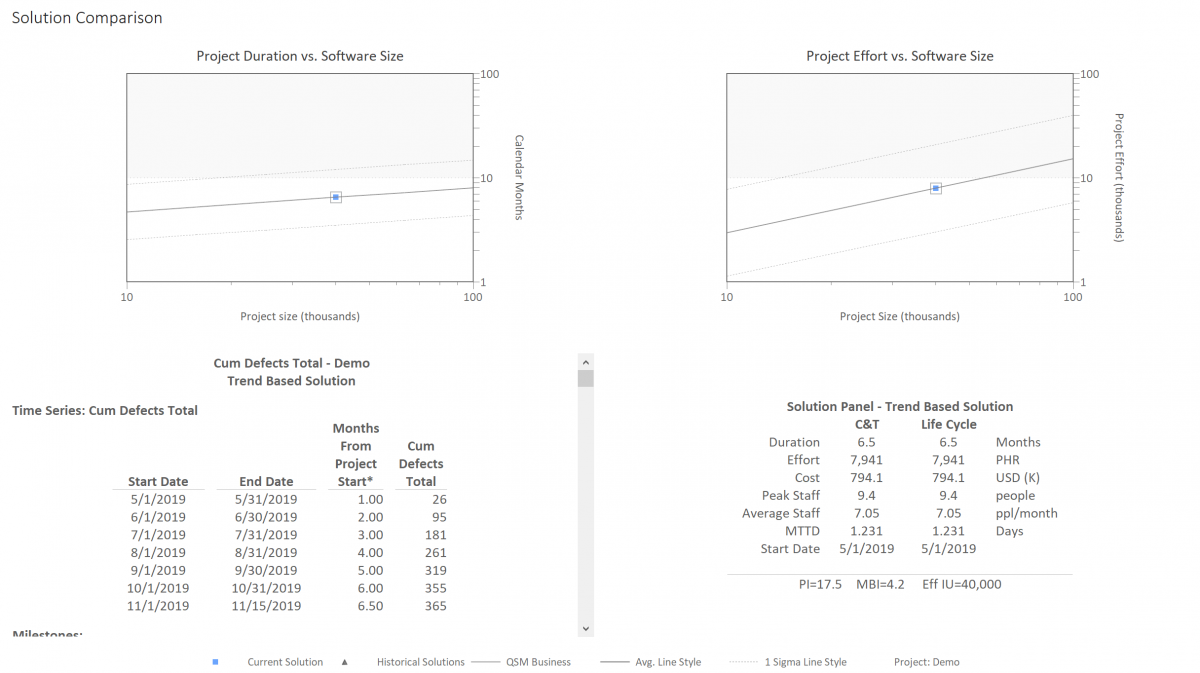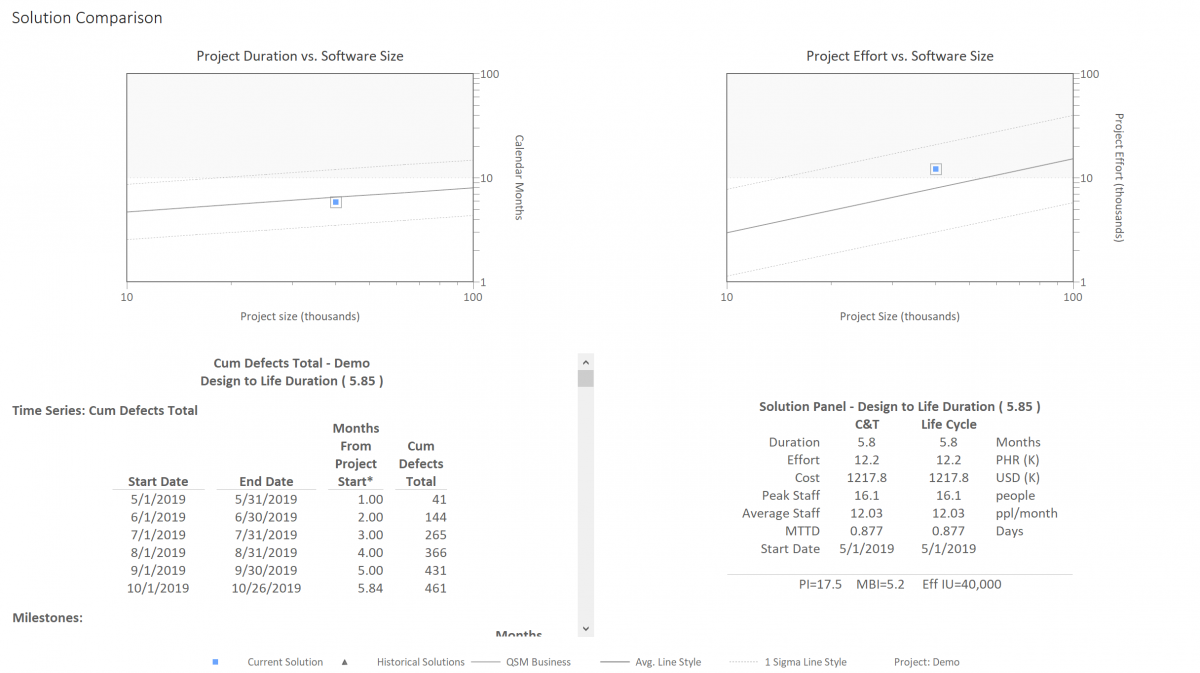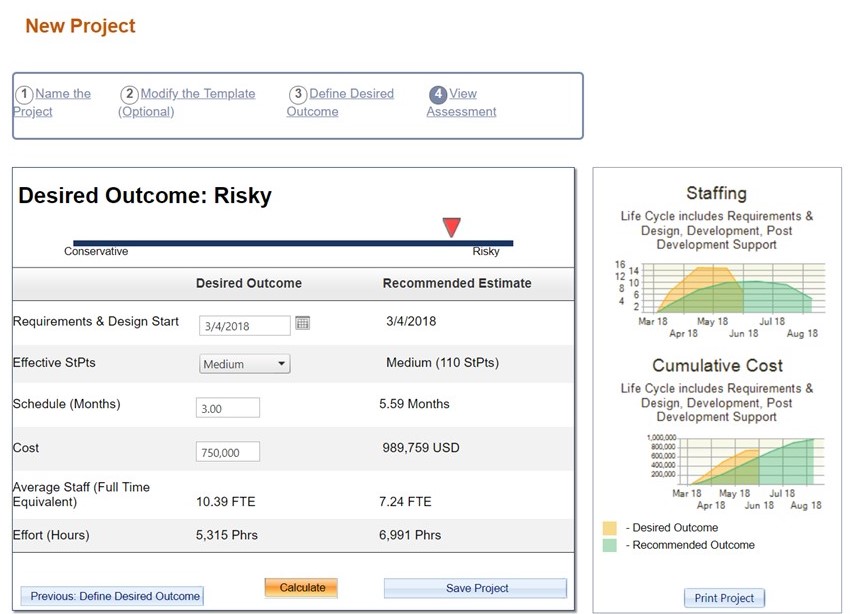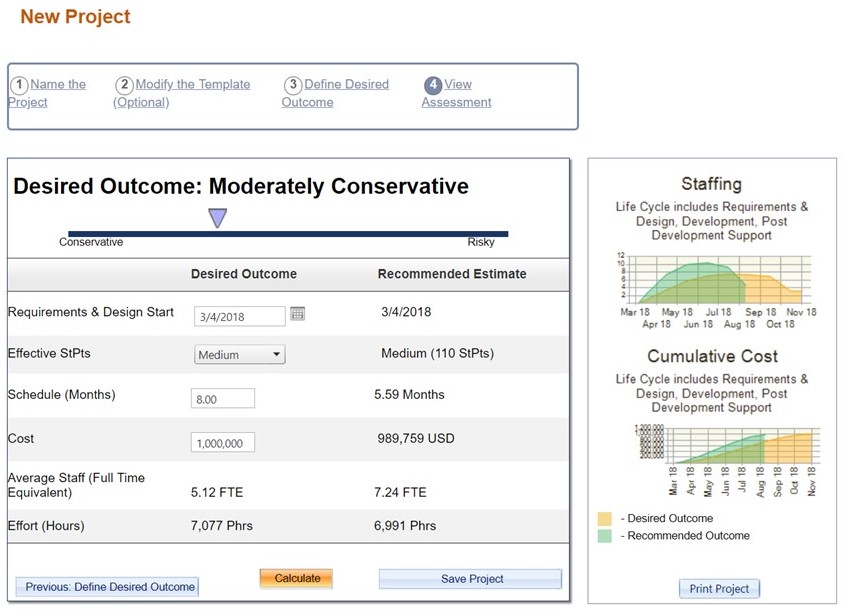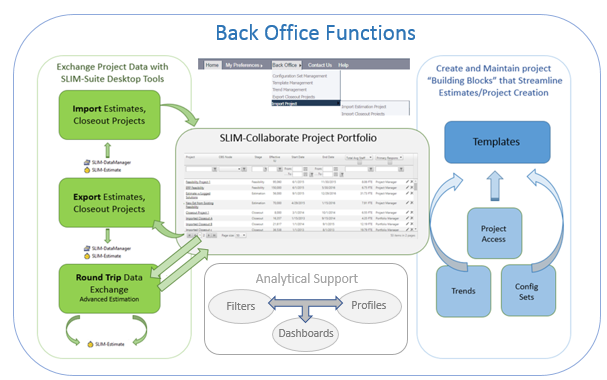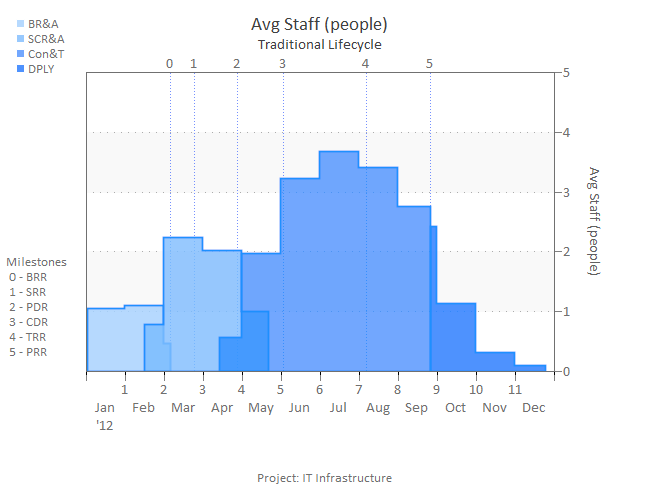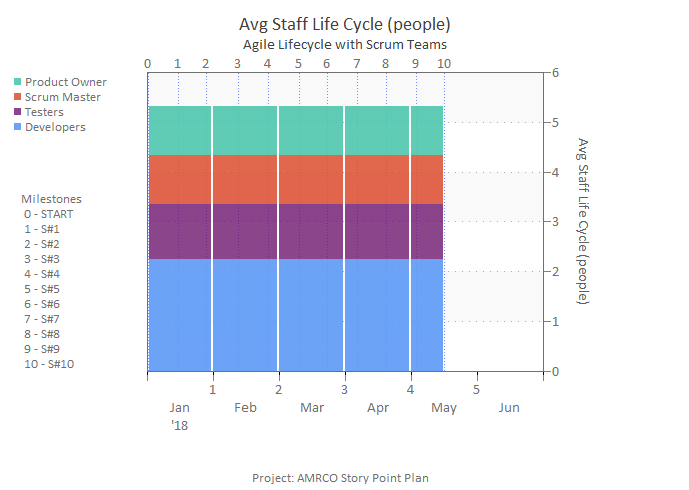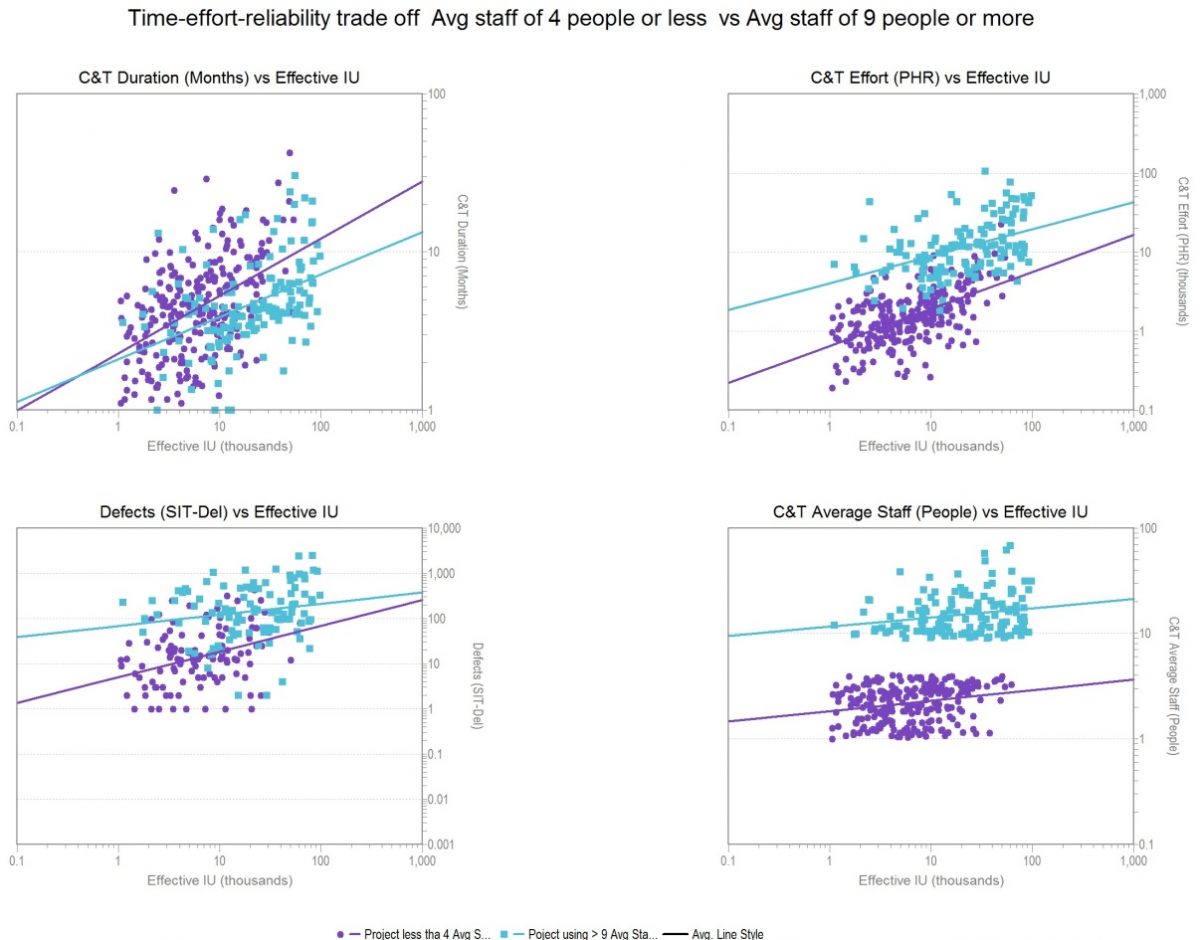Webinar Replay: How to Identify Unrealistic Project Expectations and What to Do about Them
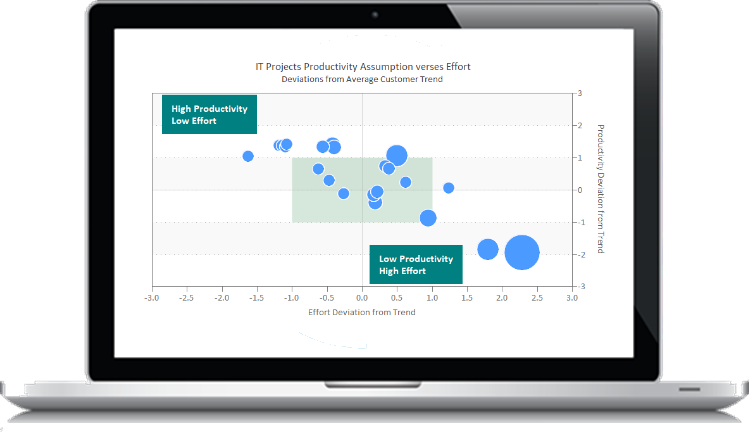
If you were unable to attend our recent webinar, "How to Identify Unrealistic Project Expectations and What to Do about Them," a replay is now available.
Many software projects fail simply because customers (internal and external) have unrealistic expectations about schedules and budgets. The desired outcomes do not align with known capabilities - based on industry data or your history. Decision makers are simply unaware, absent an estimation process based on scope and a way to assess the reasonableness of project goals. Presented by Laura Zuber, this PDU-approved webinar will demonstrate how to identify unrealistic expectations and generate estimates that set you up for success. Laura will show you best practices for developing viable estimates that balance risk and opportunity, enabling executives to commit to plans that meet the most important business goals.

